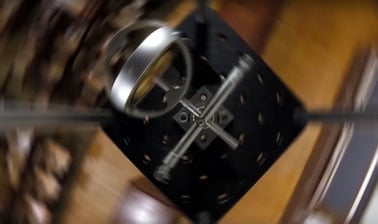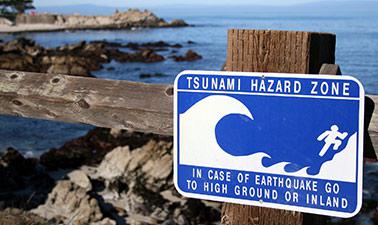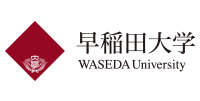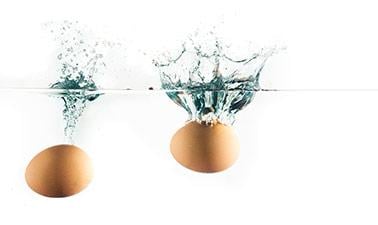The online simulations of mechanical impulse on this page will help you to better understand this important concept of physics, how it is calculated and how it is related to other quantities.
Mechanical momentum is a physical quantity that is defined as the product of the force acting on an object and the time during which the force acts. Mathematically, mechanical momentum is expressed as J = F ∆t, where J is the momentum, F is the force and ∆t is the time during which the force acts.
The mechanical impulse is a vector quantity, which means that it has a direction and a quantity. The direction of the mechanical impulse is the same as the direction of the force acting on the object. It has units of Newton-second (N-s) in the International System of Units (SI). It can also be expressed in units of kilogram-meter per second (kg-m/s) in the System of Technical Units (SUT).
The law of conservation of mechanical momentum states that, in an isolated system, the total amount of mechanical momentum before and after a collision is the same. This means that if two objects collide, the sum of their mechanical impulses before the collision is equal to the sum of their mechanical impulses after the collision.
Mechanical impulse is a very important quantity in physics, since it is related to many other physical quantities, such as velocity, amount of motion and kinetic energy.
In summary, the online impulse simulations on this page are an excellent way to delve deeper into this important physics concept.
Explore the exciting STEM world with our free, online simulations and accompanying companion courses! With them you'll be able to experience and learn hands-on. Take this opportunity to immerse yourself in virtual experiences while advancing your education - awaken your scientific curiosity and discover all that the STEM world has to offer!
- Impact
- Velocity
- Impulse
Impact force and collision time
To inject a given quantity of motion (momentum) into an object by impact, the force required is inversely proportional to the time of application.
Velocity maximization
In this simulation, the force applied by the machine is constant. To maximize the velocity, the contact time must be increased by dragging the ball to the left. What does the area of the graph below represent?
Physics courses


AP® Physics 1 – Part 1: Linear Motion



Circuits for Beginners



AP Physics 1



AP® Physics 1 – Part 4: Exam Prep



Mechanics, Part 2



Mechanics, Part 1



Dynamics and Control

Other courses


The Basics of Transport Phenomena



Introduction to Quantum Computing for Everyone



Tsunamis and Storm Surges: Introduction to Coastal Disasters



Our Global Ocean – An Introduction Course



One Planet, One Ocean



Sustainable Energy



Principles of Biochemistry



Cavity Quantum Optomechanics



















